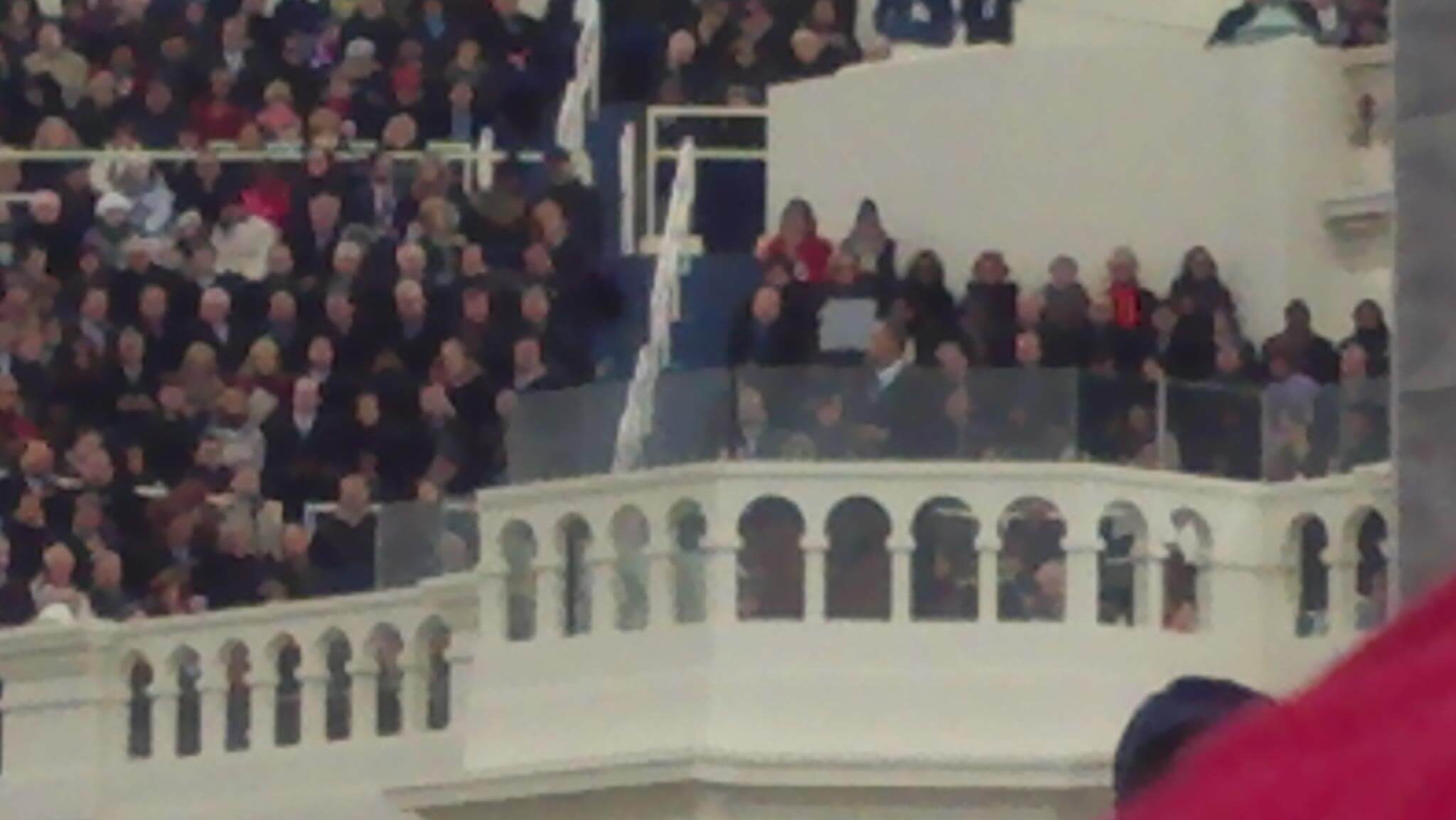I’ve written about developing color palettes before, but I want to focus more closely on color theory.
Since I have been preparing for a presentation on color all week, it seemed like a good topic to write about, or there might not be a column at all.
I am passionate about color. My house is filled with it, I drive a bright yellow SUV, and the way I feel on a given day is often reflected in my clothing.
We are so connected with color. It makes an indelible stamp on our daily lives from our memories, to our cutural differences, and in our reaction to the world. We take it for granted because it’s always there for most of us.
It’s vitally important for every visual journalist to understand color theory. It’s part of the process of articulating why a particular photograph works better than another, or how color, or lack of, sets the mood of a story. And, you can begin to translate statements like, “I don’t like it, it’s depressing, loud, too wild, dull, or give it more umph … ” You get the picture.
There’s no big mystery to color. It’s a learned skill like any other. Once you know the basics you can develop your sensitivity to it, and notice how color is used in the world.
There are many books available about color (or colour for those of you outside the U.S). But, here at Poynter, we’ve made it easy for you to learn about color with our interactive color tool called “Color, Contrast & Dimension in News Design” (shameless self-promotion). Check that out after you finish here. Onward.
The Color Wheel
At some time in your life you have probably seen a color wheel or someting like it. Maybe it was at the paint store, or in 8th-grade art class, as it was for me. All the secrets of color lie in the color wheel.
The color wheel is made up of three primary colors: red, yellow, and blue. Primaries are colors that cannot be obtained by mixing any other colors together. They are absolute.
By mixing one primary with another you get the secondary colors — red and yellow=orange, blue and yellow=green, blue and red=purple.
The wheel is further broken down by mixing the secondary colors to create tertiary colors. The wheel is naturally organized by cool colors on one side and warm on the other.
Add percentages of black to any color and you reduce the saturation and contrast of the color. For printing or web purposes, white is seen as paper or a background color. Lightening or darkening a color changes the value of the color, which affects the mood, meaning, and contrast.
Subdued colors are generally seen as more sophisticated. Vibrant, loud color evokes a sense of energy or urgency. From this foundation you can create every color you can think of, create whatever mood the story calls for, and hopefully most readers will never even notice the color. They will just know how something made them feel. That’s what you want.
Color Contrast
Johannes Itten developed what he called the seven color contrasts. They are contrast of hue, light and dark, cool and warm, complementary, saturation, simultaneous contrast, and proportion.
Focus will be placed on four of them–complements, cool and warm, light and dark, and saturation. The flash movie below shows examples of how each of these contrasts have been used in various media.
Complementary Contrast
The corresponding color directly across the wheel is known as the complementary color. Pure complementary colors create the most contrast. As they are diluted, the intensity of the contrast changes and the mood changes. For example, click through “Contrast of complements” (above).
Warm and Cool
To get in the frame of mind for the contrast of cool and warm, think of the desert and the sky, or sitting at the beach. Look back at the color wheel to see a clear distinction between the warm and cool parts. Pairing colors from the opposite side of the wheel can create dynamic contrast. Keep in mind that green with yellow undertones will appear warmer than green with blue undertones, but might make a good match when used together.
Saturation/Tints
Create a feeling of depth and dimension by using different percentages of one color. This is a favorite of mine because it creates a sophisticated, modern feel. Blues are serene, and different values of yellow wash out and give a cozy feel. Add a small touch of a complementary color for a splash that attracts the eye.
Light & Dark
Think black and white photography, tuxedos, bumble bees, and road signs. The contrast of light and dark is dramatic.
Color as Punctuation
I first heard this term from news designer, teacher, and Poynter affiliate Pegie Stark Adam. Though not officially one of Itten’s seven contrasts, this may be the most important contrast to consider because it is so effective in drawing the eye. Whether it’s a photo from Iraq, a locator map, or a page design, having just one splash of color makes a piece come alive.
Keep it simple. Strive to be stingy and deliberate with color. Zero in on the focus of the story, then choose wisely from your big box of crayons.
RESOURCES
“The Elements of Color”
By Johannes Itten
ISBN: 0471289299
“The Pantone Guide to Communicating with Color”
By Leatrice Eiseman
ISBN: 0966638328
“The Color Index”
By Jim Krause
ISBN: 1581802366
On the Web:
Color, Contrast & Dimension in News Design
http://poynterextra.org/cp/index.html
Just for fun, check out the Crayola site.
http://www.crayola.com
Palette Man
http://www.paletteman.com/
Visibone Color Lab
http://www.visibone.com/
Color Matters
http://www.colormatters.com/entercolormatters.html
Organizations:
The International Color Consortium
http://www.color.org/
The Color Marketing Group
http://www.colormarketing.org/





